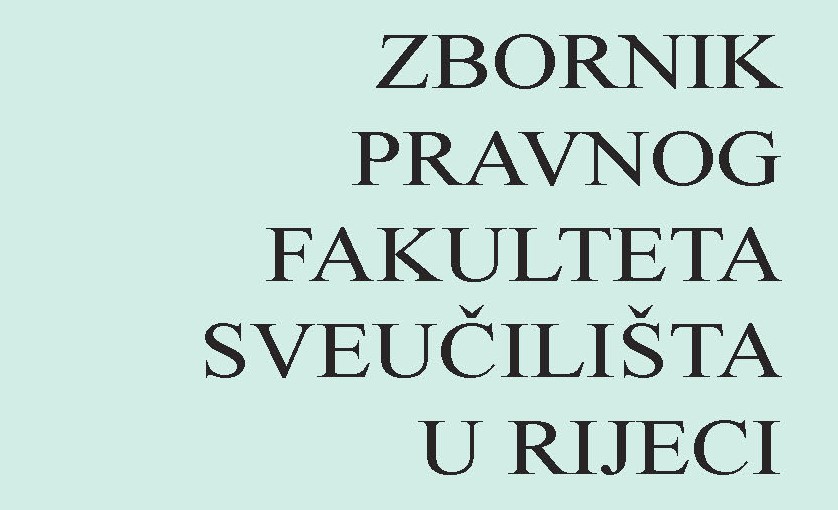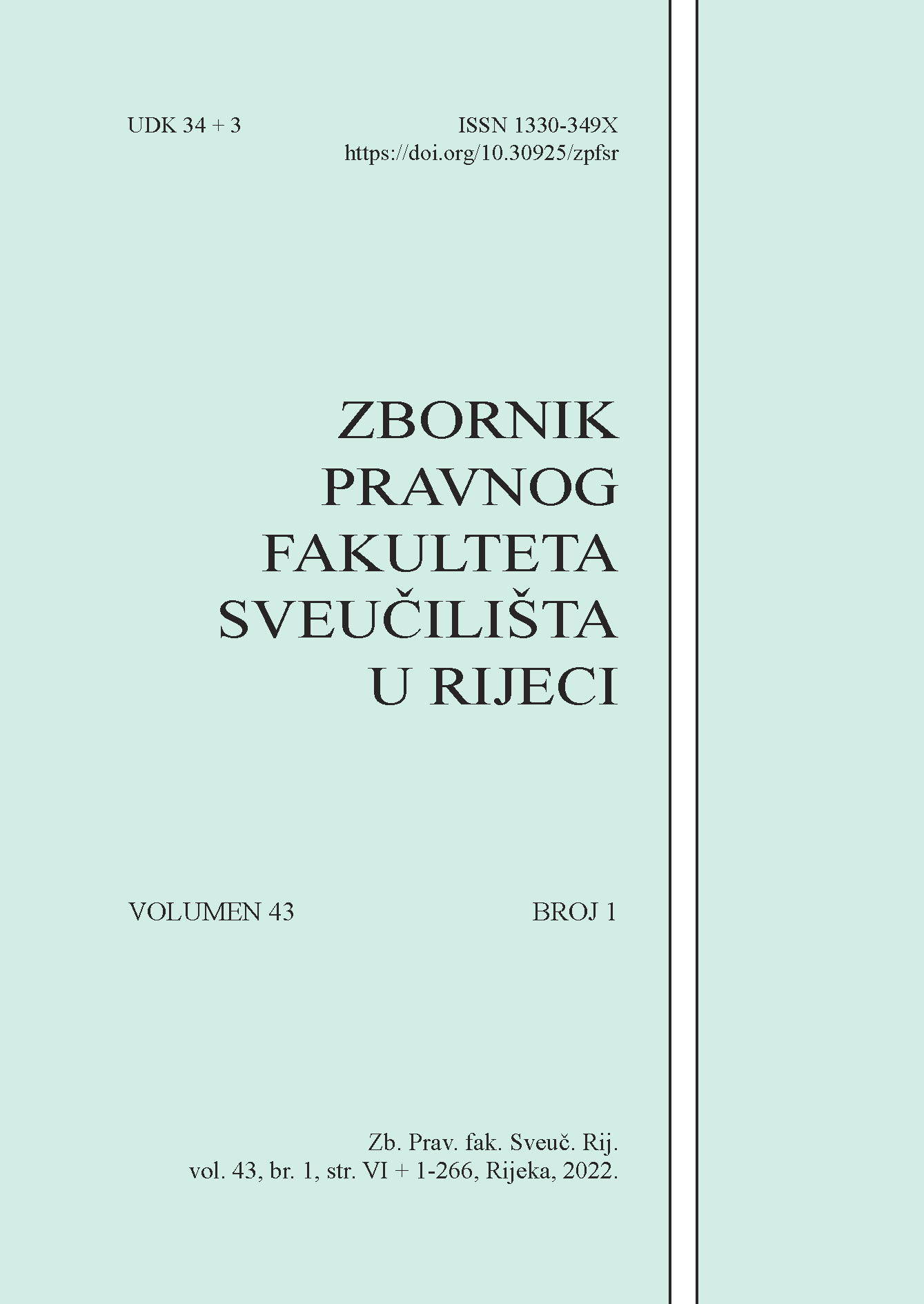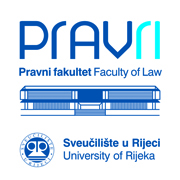THE ROLE OF THE EUROPEAN UNION MACRO-REGIONAL STRATEGIES – BETWEEN THE STEADFAST COMMITMENT OF PARTICIPATING COUNTRIES AND AN AD HOC APPROACH
DOI:
https://doi.org/10.30925/zpfsr.43.2.12Ključne riječi:
makroregionalne strategije EU-a; Europska unija; kohezijska politika.Sažetak
Makroregionalne strategije Europske unije okvir su politike koji ima za cilj omogućiti državama članicama EU-a i trećim zemljama, koje dijele zajedničke interese, da bolje koordiniraju svoje potencijale kako bi na najbolji način iskoristile dostupne mogućnosti. Ovaj rad razmatra specifičnosti četiriju makroregionalnih strategija EU-a koje pokrivaju 19 država članica i devet zemalja koje nisu članice EU-a. S obzirom na izazovnu situaciju uzrokovanu pandemijom bolesti COVID-19, razmatraju se i buduće perspektive makroregionalnih strategija EU-a kao i njihova prilagodljivost novim okolnostima. Točnije, usredotočuje se na međuvladine inicijative i njihovu provedbu, što je temelj primjene načela supsidijarnosti. Uz to, cilj je rada dati kritički presjek teme naglašavajući dva ključna elementa. Prvo, procjenjuje se mogu li makroregionalne strategije EU-a biti istinski uspješne s obzirom na to da nemaju zasebnu alokaciju sredstava, već koriste postojeća sredstva. Drugo, istražuje se sposobnost makroregionalnih strategija EU-a da premoste razlike između politika na razini EU-a s jedne strane i lokalnih politika s druge. Ideja je rada ponuditi pregled aktualnosti u kontekstu makroregionalnih strategija EU-a.
##submission.additionalFiles##
Objavljeno
Verzije
- 2023-12-14 (3)
- 2023-12-14 (2)
- 2022-07-15 (1)
Kako citirati
Broj časopisa
Rubrika
Autorska prava
Copyright (c) 2022 Ivan Zeko-Pivač

Ovaj rad licenciran je pod Creative Commons Attribution-NonCommercial 4.0 International License.
Zbornik Pravnog fakulteta Sveučilišta u Rijeci časopis je u otvorenom pristupu i licenciran je u skladu s Creative Commons Attribution-NonCommercial 4.0 licencom. Sadržaj časopisa u cijelosti je besplatno dostupan. Korisnici smiju čitati, preuzimati, kopirati, distribuirati, tiskati, pretraživati ili stavljati poveznice na materijal te mijenjati, preoblikovati i prerađivati materijal ili ga koristiti na druge zakonite načine, sve dok odgovarajuće citiraju izvornik.
Radove objavljene u časopisu Zbornik Pravnog fakulteta Sveučilišta u Rijeci dopušteno je pohranjivati u institucijske i tematske repozitorije uz osiguravanje poveznica na mrežne stranice časopisa i Hrčka.
Nakon prihvaćanja kategoriziranog rukopisa za objavu u Zborniku, autor smije objaviti isti rukopis u drugom časopisu samo uz suglasnost Uredništva (sekundarna objava). Pri ponovnoj objavi članka, članak mora sadržavati podatak o tome gdje je članak prvi put objavljen.



